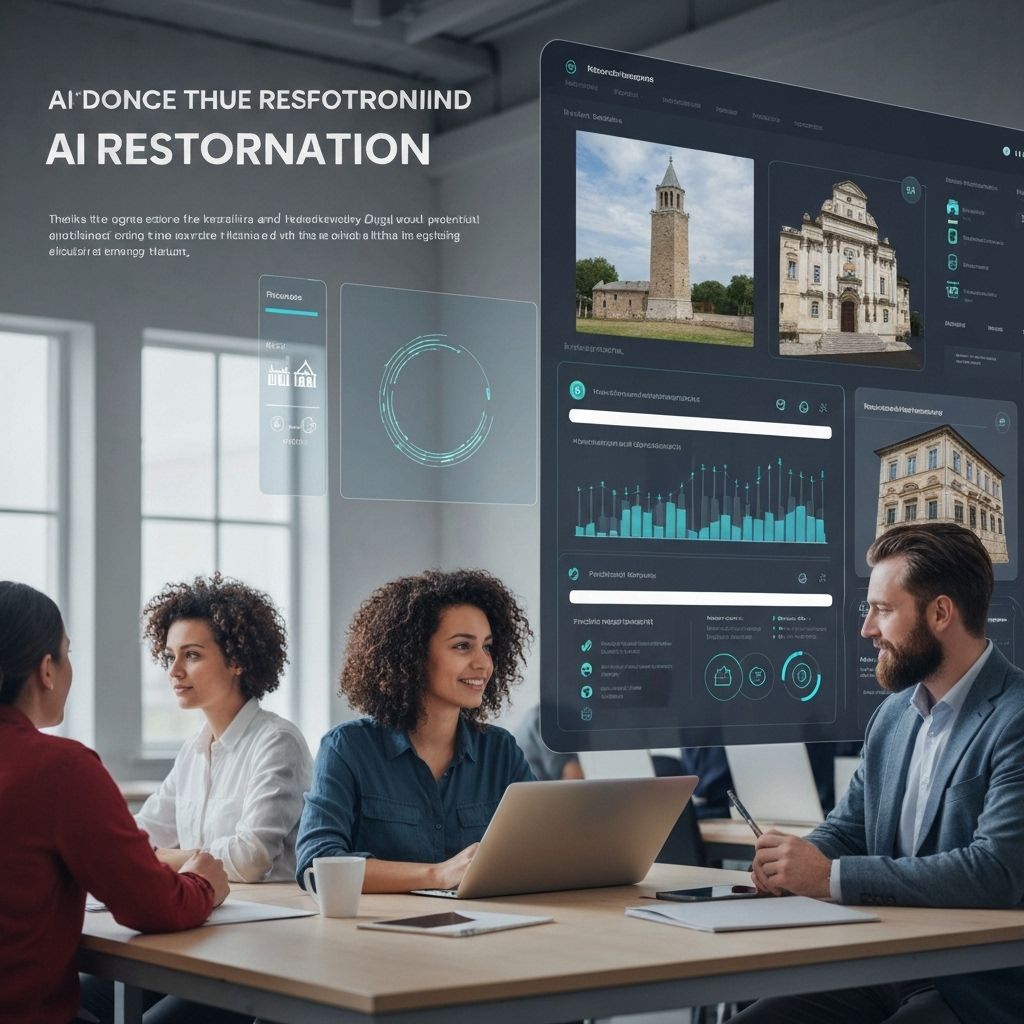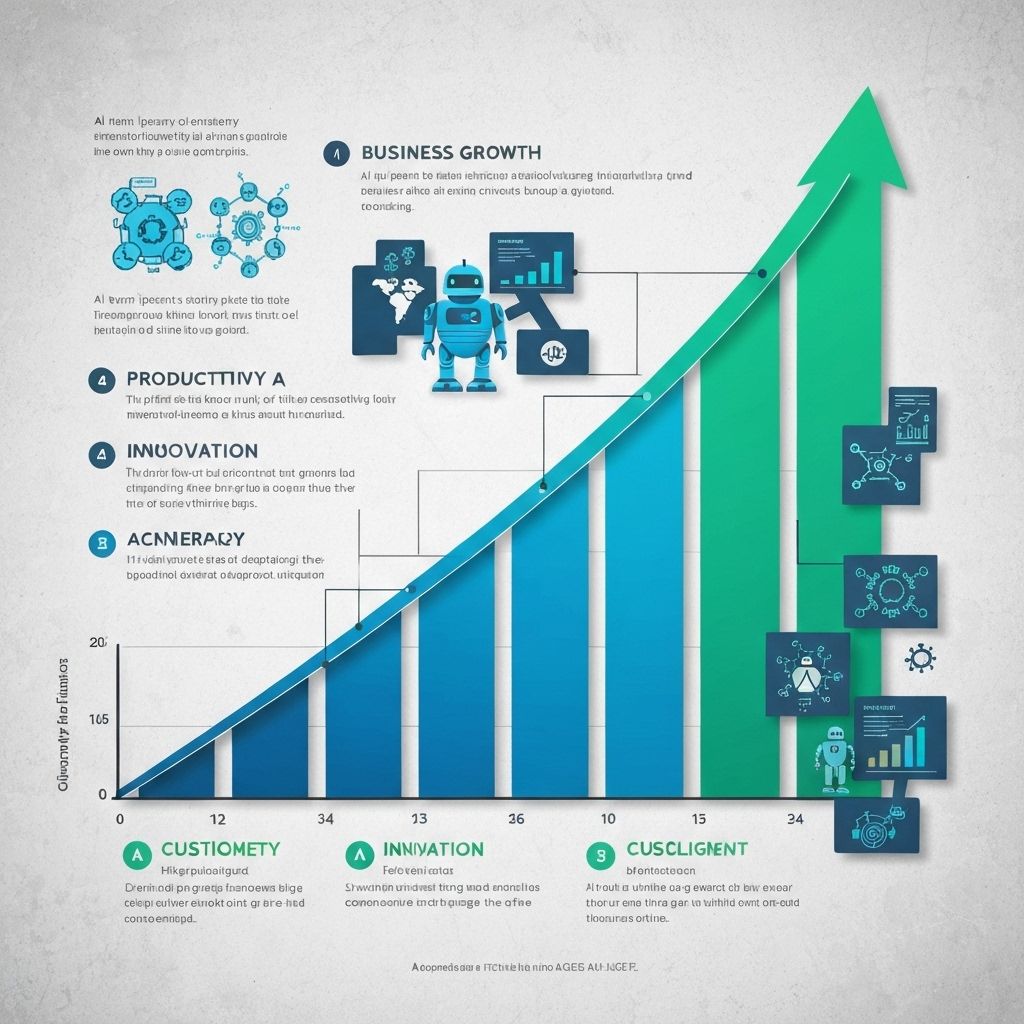The restoration industry has a problem: while competitors in other industries are using AI to work faster, smarter, and more profitably, most restoration companies are still doing things the old way.
This isn't just about being "behind the times." It's about competitive survival.
The Current State of AI in Restoration
Let's be honest: the restoration industry isn't known for being tech-forward. Most companies are still using the same processes they used 10 years ago. Paper estimates, manual data entry, phone tag with adjusters, and hours spent searching through Xactimate.
Meanwhile, AI tools are available right now that can:
- Write estimates in minutes instead of hours
- Search Xactimate databases instantly
- Answer customer questions 24/7
- Compare scopes automatically
- Generate marketing content
- Analyze job profitability in real-time
But adoption is slow. Really slow.

Why Restoration Companies Resist AI

1. "It's Too Complicated"
This is the most common objection, and it's based on outdated assumptions. Modern AI tools are designed to be simple. If you can use a smartphone, you can use AI.
Tools like ChatGPP and Xcavate have interfaces that are actually easier than the software you're already using. No coding required. No technical expertise needed.
2. "It's Too Expensive"
Many restoration owners assume AI is prohibitively expensive. In reality, most AI tools cost less than hiring one additional employee—and they work 24/7 without breaks.
Xcavate, for example, costs less than $50/month but saves estimators 5-10 hours per week. That's an ROI of 10X or more. Learn more about our restoration digital marketing services.
3. "We've Always Done It This Way"
This is the most dangerous objection. The restoration companies that survive the next decade won't be the ones that "always did it this way." They'll be the ones that adapted.
Remember when everyone said digital marketing wouldn't work for restoration? Now companies without a website and Google presence can't compete. AI is following the same trajectory.
4. "AI Will Replace My Employees"
This fear is understandable but misplaced. AI doesn't replace good employees—it makes them more productive. Your estimators can write more estimates. Your project managers can handle more jobs. Your sales team can close more deals.
AI handles the tedious, repetitive tasks so your team can focus on what humans do best: relationships, problem-solving, and customer service.
The Competitive Advantage of Early Adoption
Here's what most restoration owners don't realize: we're in a brief window where AI adoption gives you a massive competitive advantage. In 2-3 years, AI will be table stakes—everyone will have it. But right now? You can dominate your market by being early.

Real Results from Early Adopters:
- • 40% faster estimate turnaround times
- • 25% increase in estimate accuracy
- • 60% reduction in time spent on administrative tasks
- • 30% improvement in customer response times
- • 15-20% increase in job profitability
Practical AI Applications for Restoration
1. Estimating and Xactimate
Tools like Xcavate use AI to search Xactimate databases instantly. Instead of spending 10 minutes looking for the right line item, you find it in 10 seconds. Over the course of a year, this saves hundreds of hours. Read our guide on using Xactanalysis for TPA jobs.
2. Customer Communication
AI chatbots like ChatGPP can answer customer questions 24/7, schedule appointments, and provide instant quotes. This means you never miss a lead because someone called after hours. Learn more about lead generation strategies.
3. Scope Comparison
EchoScope uses AI to compare your scope with the adjuster's scope, highlighting differences instantly. This eliminates hours of manual comparison and reduces the chance of missing important discrepancies.
4. Marketing and Content
AI can write blog posts, social media content, email campaigns, and ad copy in minutes. This means you can maintain a consistent marketing presence without hiring a full-time marketer.
5. Data Analysis
AI can analyze your job data to identify trends, predict profitability, and recommend pricing adjustments. This level of insight was previously only available to large companies with dedicated analysts.
How to Start with AI (Without Overwhelming Your Team)
Step 1: Start Small
Don't try to implement AI across your entire operation at once. Pick one pain point and solve it with AI. Maybe it's Xactimate searches, or customer communication, or marketing content.
Step 2: Choose User-Friendly Tools
Look for AI tools specifically designed for restoration companies. Generic AI tools require more setup and training. Industry-specific tools like Xcavate, ChatGPP, and EchoScope are built for your workflow.
Step 3: Train Your Team
Give your team time to learn and experiment. Most AI tools have a learning curve of days, not months. Be patient and celebrate small wins.
Step 4: Measure Results
Track time saved, accuracy improvements, and customer satisfaction. When your team sees the results, they'll become advocates for AI adoption.
Step 5: Expand Gradually
Once one AI tool is working well, add another. Build your AI stack over time rather than all at once.
The Cost of Waiting
Every month you wait to adopt AI, your competitors who have adopted it are getting faster, more efficient, and more profitable. They're winning more bids, closing more jobs, and building better reputations.
The question isn't whether AI will transform the restoration industry—it's whether you'll be leading that transformation or scrambling to catch up.
The Bottom Line
AI isn't coming to the restoration industry. It's already here. The companies that embrace it now will dominate their markets for the next decade. The ones that wait will spend that decade playing catch-up.
Which company do you want to be?
Watch: How AI is transforming the restoration industry
According to McKinsey research, AI could add $2.6 trillion to $4.4 trillion annually across industries. The restoration sector is poised to benefit significantly from this transformation.
